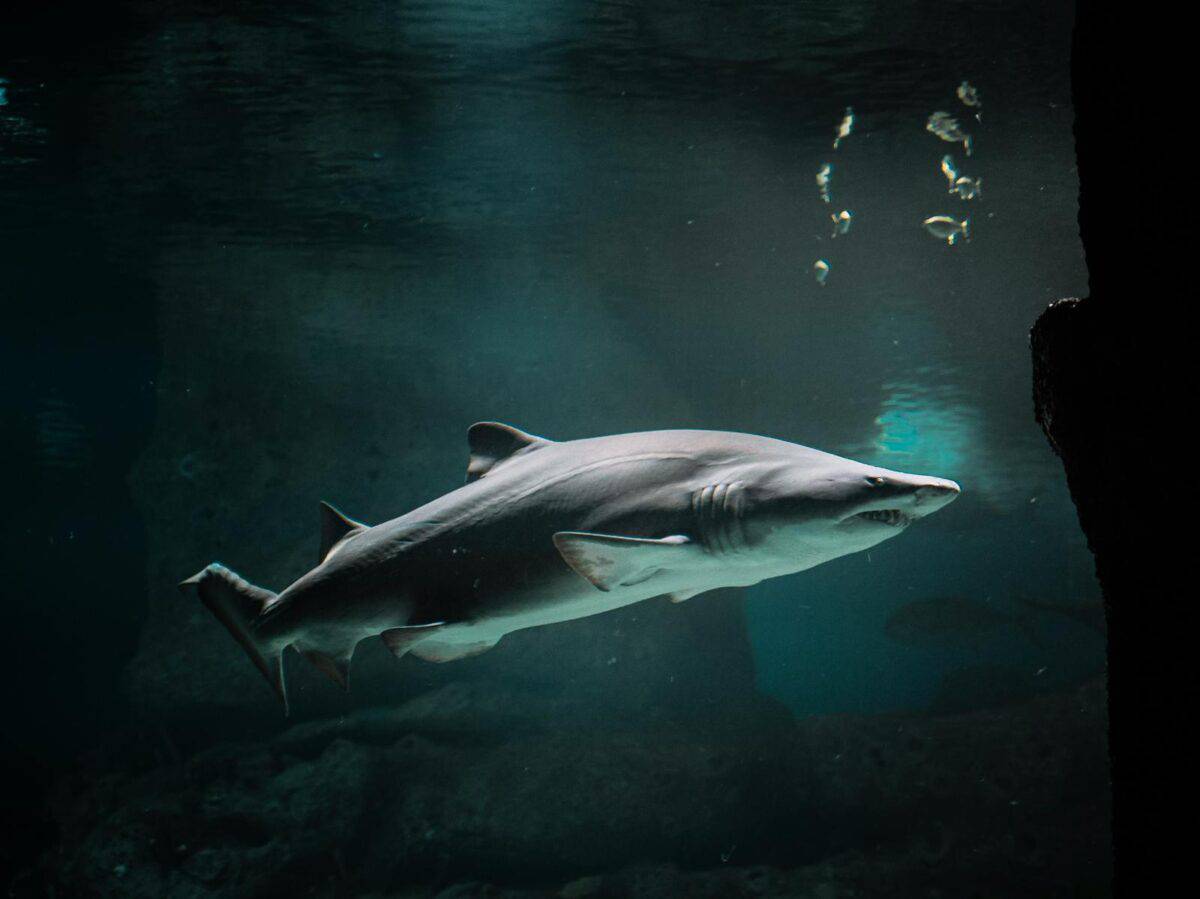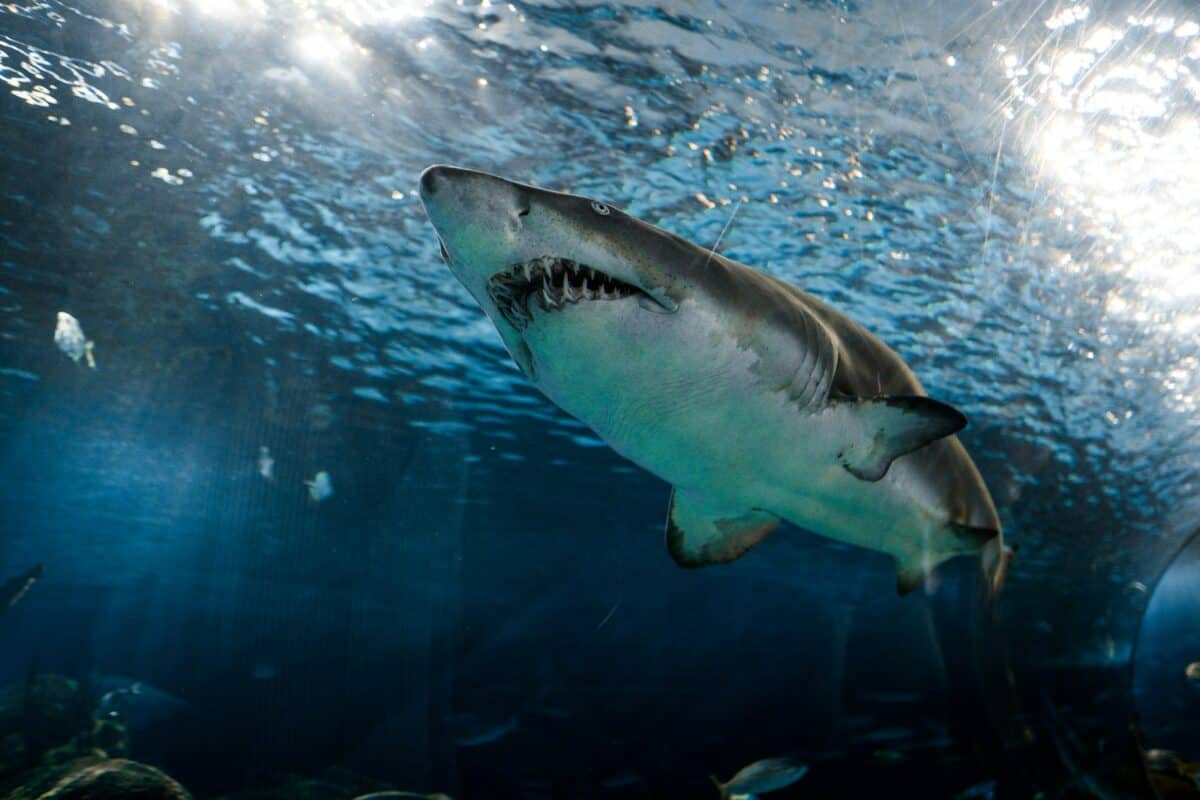The chilling thrash of a great white’s fin in the water has long been a symbol of oceanic menace in popular culture. However, in recent years, this fearsome image has stepped into a new realm of reality with a noticeable increase in shark attacks along America’s coastlines. But what exactly is fueling this unsettling trend? In this exploration, we delve into the intricate web of factors that might be contributing to the rise in shark encounters.
Understanding Shark Behavior

Sharks are apex predators whose behavior remains a sophisticated blend of instinct and adaptation. Understanding their patterns is crucial in deciphering the cause behind the rise in attacks. Sharks rely heavily on sensory perception, utilizing acute senses of smell, hearing, and electroreception to locate prey and navigate their environment.
Climate Change and Ocean Temperatures

The planet’s shifting climate is more than just a headline—it’s an oceanic reality. Rising sea temperatures have profoundly impacted marine life, including sharks. Warmer waters are pushing these predators towards new territories in search of suitable hunting grounds, inadvertently placing them closer to human activity.
Migration Patterns Shift

With the oceans warming, traditional migratory paths of sharks have altered significantly. Sharks are venturing into cooler waters where they previously might not have gone, including regions populated by beach-goers, increasing the chances of encounters with humans.
Conservation Efforts and Shark Population Rebound

Efforts to conserve shark populations have seen some success, leading to a slow rebound in certain shark species. While this is a positive stride for ecological balance, it also results in a higher number of sharks in areas where they may come into contact with humans.
Overfishing and Its Impact

Human activity has significantly depleted the oceans of fine marine life, often forcing sharks to move closer to shores where their preferred prey might be more abundant. This movement toward coastlines increases the likelihood of them encountering people.
Human Population Growth Along Coastlines

America’s sprawling coastlines are a major draw for residents and tourists alike. As more people flock to beaches for recreation, the probability of shark encounters inevitably grows, statistically raising the number of reported incidents.
Water Visibility and Beach Activity

Activities like surfing and swimming in areas with low water visibility can sometimes lead to mistaken identity attacks, where a shark confuses a human for its typical prey. Busy beaches also result in increased splashing and noise, attracting curious sharks.
Education and Misinterpretation

A rise in shark attacks might not only reflect an actual increase in incidents but also improved reporting and public awareness. The more informed people are about what constitutes a shark attack, the more likely they are to report it accurately.
Role of Media and Public Perception

The media have a significant penchant for reporting on shark attacks, often dramatizing the events. This increased coverage creates a perception that sharks are attacking more frequently, although it may not always reflect broader statistical trends.
Technological Advances in Tracking

Advancements in technology have enabled better tracking of shark movements, allowing researchers to identify specific patterns that might lead to attacks. This data contributes to a better understanding of how and why shark attacks are increasing.
Cultural Impact of Iconic Movies

Cinematic portrayals of sharks, as seen in movies like “Jaws,” have perpetuated both fascination and fear of sharks. This cultural lens influences public perception, often skewing the perceived rate and danger of shark encounters.
Preventive Measures and Future Outlook

Organizations worldwide are working to mitigate shark-human interactions through beach surveillance, risk assessment, and technology like shark-repelling devices. Public education on how to safely enjoy the ocean is crucial in decreasing negative encounters.
Conclusion:

In conclusion, the sudden rise in shark attacks in America is a multifaceted issue, interwoven with environmental shifts, human factors, and cultural perceptions. While the instinct to fear these oceanic predators is natural, understanding the complexities behind shark behavior and interactions can help mitigate risks. As we continue to navigate life alongside these enigmatic creatures, awareness and education will remain our most effective tools in fostering a harmonious coexistence.
- The Strange Truth Behind America Sudden Rise in Shark Attacks - August 14, 2025
- 12 US States Where Wolves Are Making a Comeback - August 13, 2025
- 10 Most Dangerous Hiking Trails in the US - August 13, 2025

